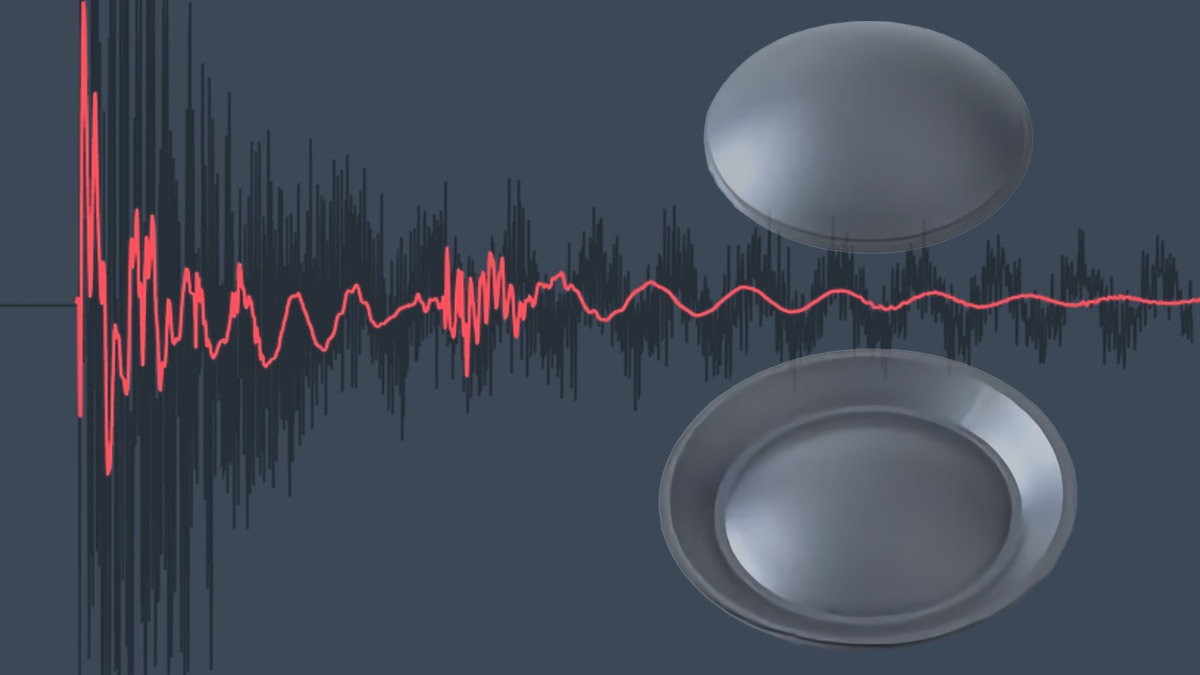Deepgram Launches Saga Voice OS for Developers

Deepgram, the San Francisco, CA-based voice AI platform for enterprise use cases, announced the launch of Deepgram Saga, a Voice Operating System (OS) designed specifically for developers. Deepgram’s new Saga Voice OS turns natural speech into cross-tool workflow execution, boosting productivity for those who are able to interact with voice. Saga OS also signals a broader trend toward voice-first computing by turning natural speech into actionable, multi-step workflows across dev stacks.
Founded in 2015, Deepgram started with machine learning research for waveform analysis in a dark matter detector in China. CEO and co-founder Scott Stephenson and his teammate later explored deep learning for audio analysis at the University of Michigan. Seeing a gap in the speech-to-text market, they built Deepgram using end-to-end deep learning. Today, Deepgram is a complete voice AI platform focused on enterprise use cases, offering speech-to-text (STT), text-to-speech (TTS), and full speech-to-speech (STS) capabilities, all powered by Deepgram’s enterprise-grade runtime.
According to the Californian company, 200,000+ developers build with Deepgram’s voice-native foundational models – accessed through cloud APIs or as self-hosted / on-premises APIs – due to its accuracy, low latency, and pricing. Customers include technology ISVs building voice products or platforms, co-sell partners working with large enterprises, and enterprises solving internal use cases, in the process having processed over 50,000 years of audio and transcribed over 1 trillion words.
Deepgram is an interesting story in the convergence of voice with AI, with its founders fundamentally believing that voice-native control can lower barriers for developers in general, but specifically for those with physical or cognitive challenges, offering a hands-free, frictionless path from idea to execution.

Deepgram’s new Saga Voice OS expands the concept to a universal voice interface that embeds directly into developer workflows, allowing users to control their tech stack through natural speech. Unlike traditional voice assistants that pull developers out of their flow, Saga sits on top of existing tools, transforming rough ideas into precise AI coding prompts, executing multi-step workflows across platforms via Model Context Protocol (MCP), and eliminating the constant context switching that fragments modern development.
“In today’s development environment, engineers routinely juggle 8+ tools across multiple monitors, constantly translating thoughts into clicks, rough ideas into overly specific prompts, and context into commands. This fragmentation creates a “quiet tax” on productivity — time lost to alt-tabbing, window hunting, and manual navigation between coding, testing, and deployment tools. Saga eliminates this friction by providing a voice-native AI interface that interprets developer intent and executes actions across the entire tech stack, enabling developers to stay in flow while building software,” explains Scott Stephenson, CEO and Co-Founder, Deepgram.
“You can talk faster than you can type, and you can read faster than you can write. The modern developer stack has still yet to be reimagined with AI as a first-class operating mode,” Stephenson adds. “Developers spend too much mental energy switching between tools instead of building. Saga changes that by turning voice into a universal interface — you say what you want to do, and Saga makes it happen across your entire workflow. It’s not another AI tool that’s one tab or panel of many, forcing you to work in a particular way; it’s your new contextualized operating system operating at the speed of voice.”

According to Deepgram, Saga addresses the core challenges facing AI-native developers and early-stage builders who need to move fast without getting bogged down in tool complexity. Offering a developer-friendly ecosystem, whether vibe coding with Cursor or Windsurf, maintaining status updates in Linear, Asana, Jira, or Slack, extracting CSS from Figma designs, or just executing operational day-to-day tasks within Google Docs, Gmail, or Google Sheets, Saga lives alongside the tools developers already know, love, and use every day.
Developers can also speak vague ideas like “Build a Slack bot that reacts to emoji,” and Saga transforms these into crystal-clear, one-shot prompts for tools like Cursor, eliminating the trial-and-error cycle of “vibe coding.” And a single voice command like “Run tests, commit changes, deploy, and update the team” triggers coordinated actions across the entire development stack — no tabs, manual commands, or context switching required.
Saga OS captures stream-of-consciousness thinking and transforms it into structured documentation, tickets, or PR descriptions, allowing developers to rubber-duck their way to clean documentation without breaking their train of thought. Rather than requiring developers to switch to separate AI chat windows, Saga surfaces answers and executes actions inline, layered over existing development tools. Developers can even speak requests like “Get me the top 10 users who signed up in the last week” and receive instant SQL or JavaScript snippets without needing to Google syntax or write boilerplate.

Built for AI-Native Development
Saga is specifically designed for the new generation of technical users who rely on AI agents, use tools like Cursor and Windsurf daily, and treat their workflow like a programmable operating system. The platform integrates seamlessly with existing developer tools through MCP (Model Context Protocol) and other standard interfaces, ensuring teams can adopt Saga without disrupting their current setup.
“Saga represents a fundamental shift — picking up where traditional voice assistants end and delivering voice as an interface,” says Sharon Yeh, Senior Product Manager, Deepgram. “We’re not asking developers to learn new commands or change their tools. We’re giving them a natural way to orchestrate full workflows by turning speech into the fastest path from idea to execution.”
Built on Deepgram’s existing speech-to-text, text-to-speech, and voice agent APIs, Saga delivers the accuracy and responsiveness required for these mission-critical development workflows. The platform understands technical context, domain-specific terminology, and the nuanced language developers use when thinking through complex problems.
Unlike consumer voice assistants that require rigid command structures, Saga interprets natural, conversational speech and translates it into precise technical actions. This approach, Deepgram says, eliminates the cognitive overhead of remembering specific voice commands while maintaining the reliability enterprises need for production development environments.
www.deepgram.com

Source link







